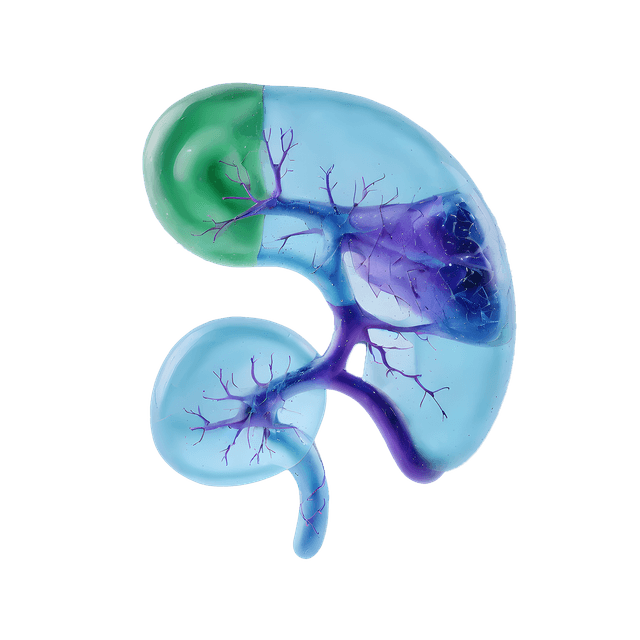Beta-2-microglobulin or (B2M) is a low molecular weight protein that is an integral part of the MHC class I complex and is expressed on the surface of almost all nucleated cells in the body. The protein is continuously released during normal cell turnover and filtered via the kidneys. Under physiological conditions, B2M levels are stable, but with increased cell turnover, immune activation or renal dysfunction, levels can rise markedly.
Elevated levels of B2M can be seen in a number of pathological conditions, including lymphoproliferative diseases, myeloma, chronic infections and inflammatory conditions. Since B2M is also secreted via the kidneys, it is an important biomarker for assessing renal function, especially in chronic renal failure where clearance of the protein is impaired.
In oncology, B2M is used as a tumor marker, mainly in hematological malignancies such as multiple myeloma, lymphoma and chronic lymphocytic leukemia (CLL). Elevated levels reflect the increased turnover of malignant cells and often correlate with tumor burden and disease stage. In multiple myeloma, B2M is a central prognostic factor and is included in the International Staging System (ISS) where high levels indicate a worse prognosis. In CLL, B2M levels can provide information about the aggressiveness and progression of the disease.
Since B2M is involved in the activity of the immune system, levels can also be elevated in other tumor types, especially in advanced stages where the immune system is activated. The marker is therefore not only used for diagnostics but also to monitor disease progression and treatment response in certain cancers.
S-B2M in hematological malignancies and tumor diseases
Beta-2-microglobulin has a central role as a tumor marker in oncology, especially in hematological malignancies such as multiple myeloma, lymphoma and chronic lymphocytic leukemia (CLL). Elevated levels reflect increased turnover of malignant cells and are strongly correlated with tumor burden and disease stage. In multiple myeloma, B2M is used as a prognostic factor and is included in the International Staging System (ISS), where high levels indicate a worse prognosis and shorter survival. In CLL, elevated B2M levels can be an indicator of disease progression and treatment need.
In addition to its role in hematological cancers, B2M can also be elevated in solid tumors, especially in advanced stages where the immune system is activated. The marker is therefore not only used in diagnostics, but also to follow disease progression and treatment response. Since B2M is produced by almost all cells in the body and can be affected by other factors, it is important to interpret the results in combination with other tumor markers and/or clinical findings.
Beta-2-microglobulin Reference Values and Interpretation
Normal levels of Beta-2-microglobulin in the blood are usually very low, but an increase may indicate an ongoing disease process. Elevated levels are often seen in hematological malignancies, inflammatory diseases, and renal insufficiency.
Beta-2-microglobulin Reference Range
Unit: mg/L
| Age | Reference Range |
|---|---|
| <60 years | <1.9 |
| 60-70 years | <2.1 |
| >70 years | <2.4 |
- Values below 2.4 mg/L are usually considered normal, but the reference range may vary depending on the laboratory method and clinical context. Test results should also always be interpreted by the treating physician.
Symptoms of elevated test results
The symptoms of elevated Beta-2-microglobulin depend entirely on the underlying disease rather than on the levels of the protein itself. In hematological malignancies such as multiple myeloma, symptoms may include bone pain, fatigue, weight loss, and increased susceptibility to infection. In chronic renal failure, elevated B2M may be a sign of impaired renal function, where symptoms such as fatigue, edema, and electrolyte disturbances may occur.
Since Beta-2-microglobulin is a nonspecific marker, it is important to interpret the results in combination with other diagnostic tests and clinical findings to determine the underlying cause and initiate adequate treatment.



















